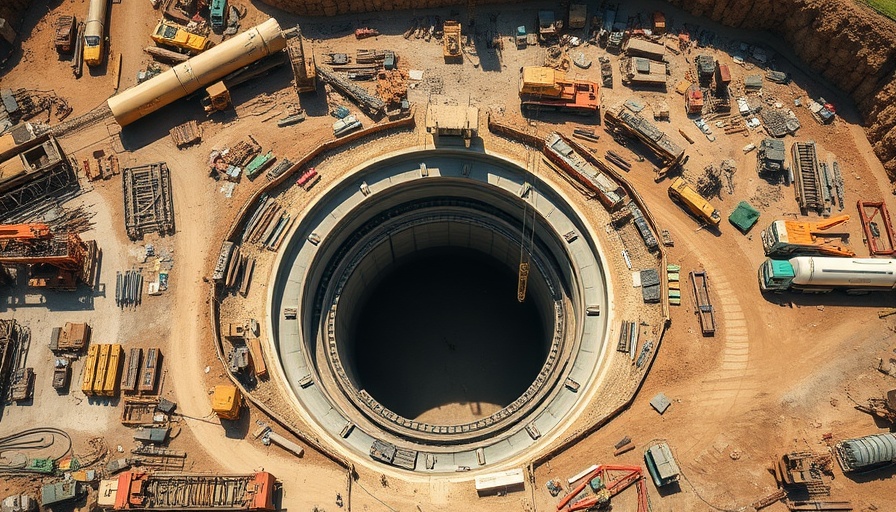
Understanding the Impact of Tariffs on Fluor’s Financial Performance
In the evolving landscape of commercial construction, few factors have proven as disruptive as tariffs and fluctuating market conditions. Recent insights from Fluor Corporation highlight the repercussions of these elements on project delivery and client decision-making. CEO Jim Breuer noted a significant shift among clients who are now taking a more cautious stance in their investment decisions, significantly influenced by ongoing discussions surrounding trade policies and escalating input costs.
The Changing Attitude of Clients: A Wait-and-See Approach
Just a few months prior, many clients were forging ahead with planned projects, undeterred by the looming specter of tariffs. However, as Breuer pointed out in Fluor's latest second-quarter earnings call, a notable change occurred. Clients are opting for a "wait-and-see" approach. This shift towards caution can be attributed to several factors including heightened uncertainties in trade policy, rising costs of materials, and climbing interest rates. The result? An uptick in project cancellations and delays, contracting Fluor's backlog and challenging its growth momentum.
Deep Dive: Fluor’s Financial Strain from Major Projects
Fluor’s performance has also been adversely affected by its exposure to several major infrastructure projects. The Urban Solutions segment experienced a severe decline in profits, plummeting from $105 million in the previous year to just $29 million this quarter. The Gordie Howe International Bridge project, alongside the LBJ 635 and I-35 expansions in Texas, has significantly contributed to this downturn due to cost overruns. With completion percentages above 50%, these projects are critical to Fluor’s bottom line. The company’s intention to pursue legal action against certain subcontractors is indicative of the serious challenges ahead.
Future Implications for the Construction Industry
The implications of Fluor's situation can extend beyond just corporate ramifications, casting a wider net across the construction industry. As the cost of materials continues to rise, and labor shortages persist in many areas, companies may be forced to reevaluate their strategies. A potential contraction in the market could lead to reduced innovation and project initiation, especially among cost-sensitive developers and property managers.
Strategies for Navigating Construction Challenges
For business owners and property developers navigating this turbulent environment, adopting strategic approaches is crucial. Techniques such as implementing better cost management frameworks and optimizing current projects can lead to increased efficiency and reduced financial strain. By focusing on competitive benchmarking and utilizing technology for project management, firms can position themselves optimally amidst uncertainty.
Conclusion: Taking Action in Uncertain Times
In conclusion, the challenges faced by Fluor are a stark reminder of the interconnectedness of trade policies, economic trends, and construction management. As the industry braces itself for ongoing fluctuations, stakeholders must leverage clear financial insights and strategic frameworks to navigate these waters effectively.
By understanding the dynamics at play, business owners and developers can make informed decisions that not only safeguard their investments but also prepare for future opportunities in the face of uncertainty.
 Add Row
Add Row  Add
Add 




Write A Comment